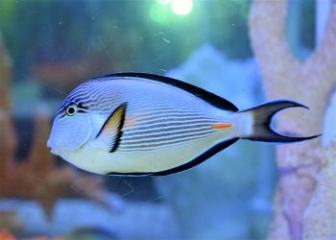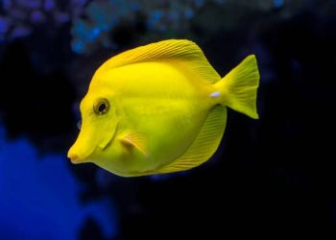Blue Tang/Dory - Characteristics, how to raise, price
Blog | by
Blue Tang, also known as Dory, is a marine aquarium fish with impressive colors with eye-catching blue tones, likes to eat algae, and easily adapts to the environment.
Blue Tang , also known as Dory, Blue Tang, is one of the hottest marine aquarium fish today. This fish has a brilliant blue color and impressive appearance, quite gentle temperament, easy to adapt, suitable for even inexperienced breeders.
In today's article, let's find out all the information related to Dory fish with marine aquarium fish to gain more experience in raising this nice fish species!
Information about green catfish :
| Scientific name | Paracanthurus hepatus |
| Common name | Blue Tang, Blue Tang, Dory |
| Class | Actinopterygii - Ray-finned fishes |
| Set | Perciformes - Sea bass |
| Surname | Acanthuridae - Surgeonfish |
| Source | Indo-Pacific |
| Size | Maximum 13 cm |
| Lifespan | Up to 20 years with good care |
Origin of Blue Tang
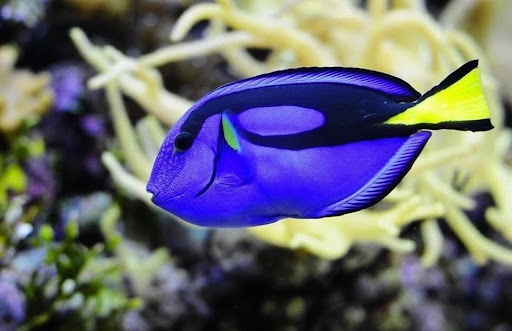
Blue dory fish or blue threadfin fish.
Blue Tang, also known as Blue Tang, Dory, Blue Tang, scientific name is Paracanthurus hepatus. This is a marine fish originating from the tropical waters of the Indian and Pacific Oceans, specifically:
- East Africa, including the waters off Madagascar.
- Through Sri Lanka, Indonesia, Philippines.
- To New Guinea, the Great Barrier Reef (Australia) and the Japanese Barrier Reef.
In nature, this fish lives on shallow coral reefs, at depths of 2 - 40 meters in warm waters with stable currents and lots of seaweed.
The name "Dory" of this fish comes from the name of the Blue Tang fish that appeared in the movie "Finding Nemo", a close friend who accompanied the clown fish in its search for its child.
Dory - Bluefin tuna appearance
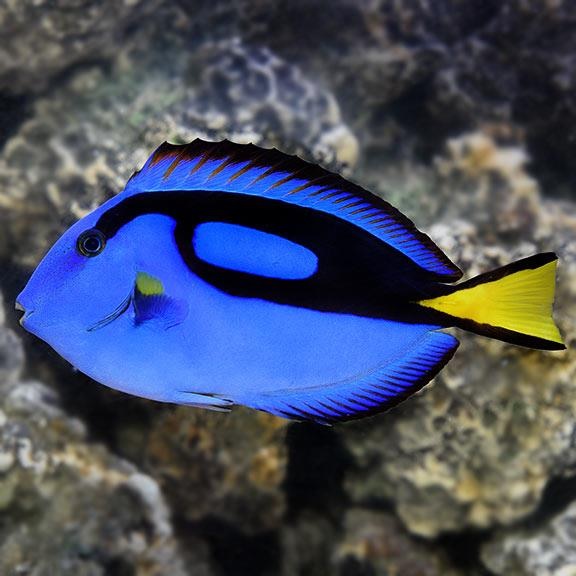
The colorful appearance of the green striped catfish.
Dory has an extremely impressive and recognizable appearance in the aquatic world because of the harmonious combination of 3 colors: blue - black - yellow. Let's learn more about the appearance of this fish.
- Characteristic color : The fish's body is bright blue, with a black stripe running from the eye to near the tail forming the word "Patette", the tail is bright yellow contrasting with the blue background of the body.
- Body shape : Flat on both sides, oval, big eyes, small, pointed mouth, suitable for eating algae attached to rocks and corals.
- Size : On average, adult Dory fish are 15 - 20 cm long.
- Has a spine at the base of the tail : The fish's tail has a sharp, blade-shaped spine used for defense, this is also a characteristic of the spinytail fish line.
Behavior - Habits of Blue Tang
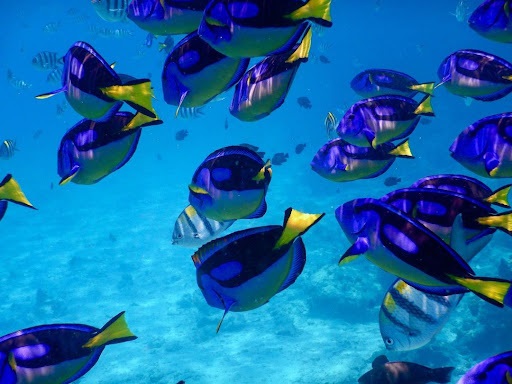
A school of Dory fish in the wild.
Bluefin tuna have unique social behavior, different from other marine aquarium fish. Let's take a closer look at their typical behaviors and habits.
Live in pairs or small groups
In the wild, Dories usually live in pairs or small groups of 3-10. And if they feel safe, they can also live in harmony with other fish.
However, if kept in a tank, they are not aggressive but are territorial with other surgeonfish, especially when the tank is not large enough.
Good memory
Although in the movie "Finding Nemo", Dory is portrayed as a fish with a poor memory and is very forgetful, in reality this fish has a very good memory because it can remember hiding places, food places and other fish kept in the tank.
Is a herbivorous aquarium fish (algae)
Blue Tang is a fish that eats plants, mainly algae, they like to swim around rocks, coral reefs to eat algae or microorganisms clinging to the surface. This makes Blue Tang extremely important to help balance the marine ecosystem.
Interesting defensive reaction
When threatened, Bluefin tuna will run away quickly and hide in crevices of rocks or corals to avoid predators. In case of emergency, they will use the sharp spines on their tails to defend themselves, but this is rare.
Change color according to emotions
Dory fish have the ability to change color according to their emotions. When they feel tense or stressed, the blue color will often become darker.
Swimming without stopping
The Bluefin tuna is very active, it usually swims around the tank during its active period, rarely seen standing still in one place. This fish also tends to swim in light to medium currents to both exercise and aid in better digestion.
Detailed guide to raising blue tang for beginners
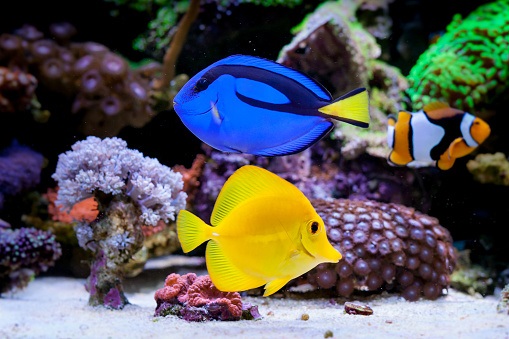
Green barb fish raised with Nemo fish and yellow barb fish.
Below is the most detailed guide to raising green dory fish for both beginners and experienced people. Refer to it to raise Dory fish best.
Prepare the tank to raise green catfish
The first important thing before deciding to raise blue tang fish is that you must have a complete tank system and meet the conditions similar to the natural environment. Note the following.
- Tank capacity : Minimum 300 - 400 liters, ideally over 500 liters because this fish is very active, likes large spaces to swim freely.
- Tank size : The longer and wider the tank, the better, and the space should be open and have few dead corners.
- Water filtration system : Use overflow filter or external filter with high capacity to ensure water quality.
- Water circulation system : Use a light to medium current generator to simulate natural seawater currents.
- Temperature : 24 - 27 degrees Celsius.
- Salinity : 1.020 - 1.025 SG.
- pH : 8.1 - 8.4
- Aquarium decoration : Use live rocks, dead corals or rocks of various shapes to create shelter for fish, the substrate can be decorated with fine coral sand or left bare.
What do Blue Tang eat?
Dory is a fish that eats algae and plants, so you should feed them the following foods:
- Dried seaweed (nori) should be clamped to rocks or racks so that fish can nibble slowly.
- Steamed spinach and lettuce.
- Pellet food specifically for algae-eating fish, the kind that contains a lot of spirulina.
- In addition, you can feed them minced shrimp and artemia once a week.
You should divide the food portion and feed the fish 3 - 4 times a day because they love to eat.
What fish can be kept with Blue Tang?
As known, this fish has a rather pleasant temperament, can be aggressive with other fish in the same family but can live with some other gentle fish species as follows:
- Nemo Fish - Clown Fish.
- Dwarf angelfish.
- Dragoon.
Avoid keeping Dory with the following fish species :
- Other surgeonfish like yellow surgeonfish , purple surgeonfish if the tank is not large enough.
- Aggressive fish like Lionfish, Triggerfish...
Disease prevention and treatment in Blue Tang fish
Dory fish are susceptible to some fungal and parasitic diseases if not properly cared for. You need to understand the common diseases in this fish species to know how to prevent and handle them promptly. Please refer to the information below.
| Disease name | Reason | Symptom | Treatment |
| White fungus disease of the skin |
Sudden temperature change. Stressed fish. Newly purchased fish with pathogens that have not been isolated are released into the tank. |
Fish have tiny white spots on body, fins, gills like salt grains. Fish are itchy and rub their bodies against rocks and corals. Fish lose color and stop eating |
Isolate sick fish into separate tanks Treat the water in the tank, increase the temperature to 28 - 29 degrees for 3 - 4 days to kill parasites. Use white fungus medicine like Formalin, copper... However, if the tank has coral, do not use copper. |
| HLLE - Pitting, lateral erosion |
Lack of vitamin C, dirty water, pollution. Using activated carbon does not guarantee quality |
Fish have ulcers on the head, around the eyes, and along the sides of the body. Fish gradually weaken, become lethargic and inactive. |
Isolate sick fish. Change tank water, maintain stable water quality. Add vitamin C to your diet. Should use modern filter resin instead of activated carbon filter. |
| Fish are stressed |
Due to sudden environmental changes. Due to being chased and attacked by other fish, there is no place to hide. |
Fish lose color, lazy to swim, stop eating. |
Increase the size of the tank, add more hiding places. Do not keep with aggressive fish. |
How much is Dory?
Currently, in the Vietnamese ornamental fish market, the price of green catfish and green spinytail fish fluctuates depending on size, origin or store. Please refer to some of the following prices.
- Green catfish at Aquarium Care store: 600,000 VND/fish.
- Green catfish at Sanhocabien.com store: 1,200,000 VND/fish.
- Bluefin tuna at Dau Aquarium store: 800,000 - 1,500,000 VND/fish.
Note :
- Prices will change depending on the time, so you need to contact the store for the most accurate price.
- Consider your financial ability and experience before deciding to raise Dory fish, because most marine aquarium fish will require more techniques than freshwater aquarium fish.
Beautiful Blue Tang Pictures
Let's admire together the super beautiful moments of the blue catfish - Dory swimming in the aquarium, in the vast ocean to fully feel the beauty of this ornamental fish.
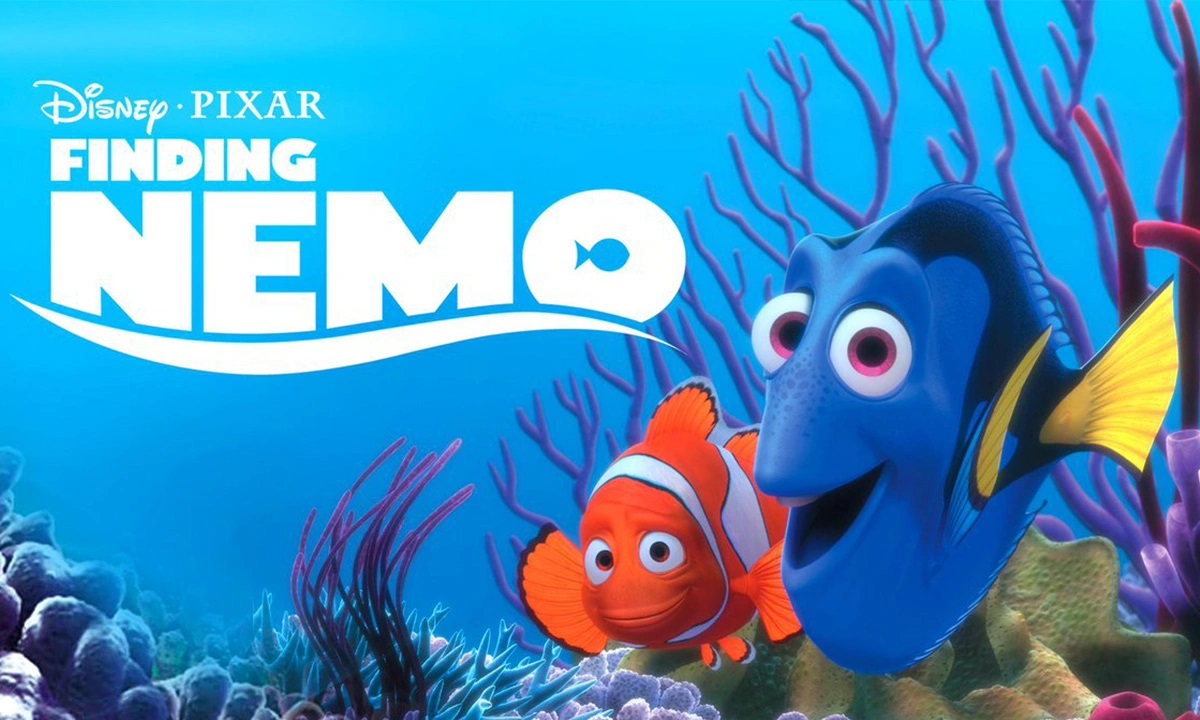
Dory fish figure from the animated movie Finding Nemo.
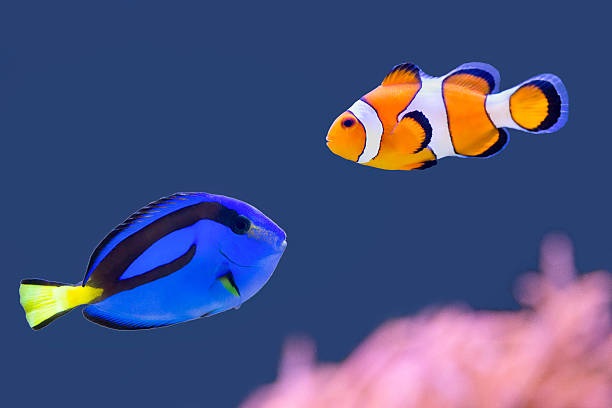
Nemo clownfish and blue surgeonfish in the wild.
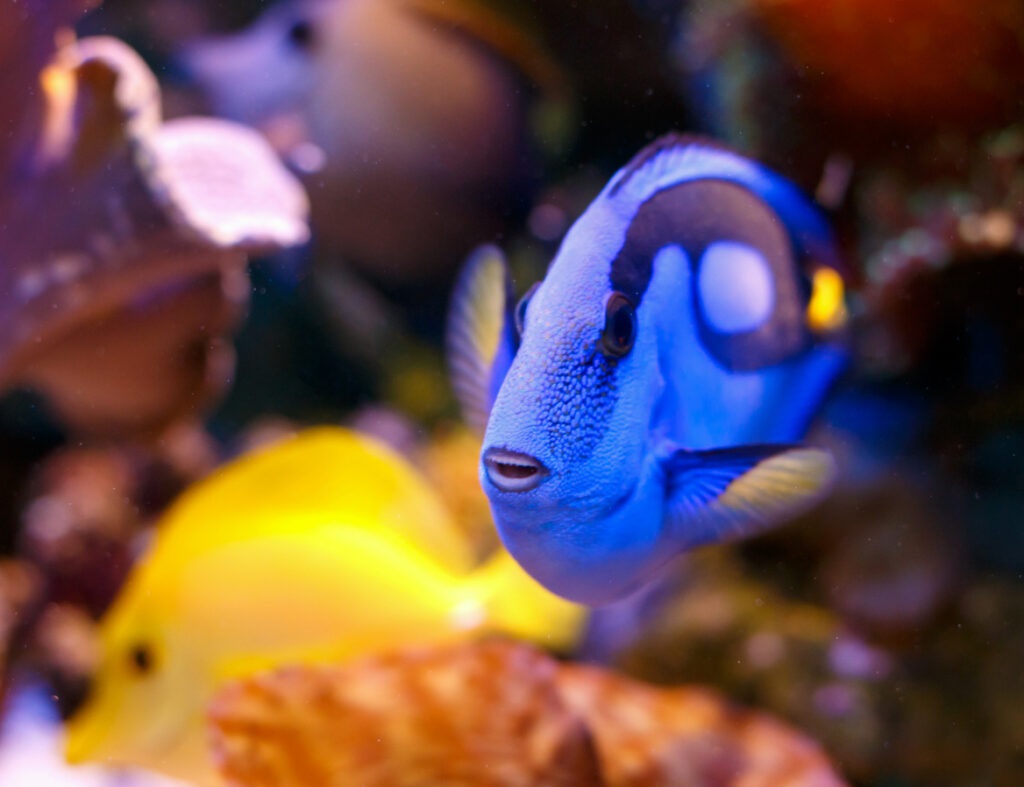
Frontal view of a Dory fish.
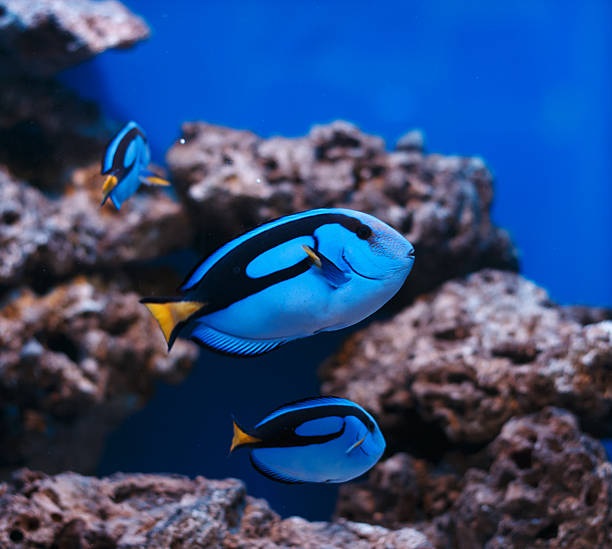
Bluefin tuna are swimming among the coral reef.

Bluefin tuna are swimming in a fish tank with lots of coral.
Hopefully, with the information that nicefish.net shares in the above article about Blue Tang, it will help you better understand this type of marine ornamental fish from its origin, habits to how to raise and care for it. If you want to find a colorful, outstanding fish for your aquarium that is not too expensive, then Dory fish is a great choice.
Don't forget to visit our Blog section to learn more about other aquarium fish, goodbye and see you soon,
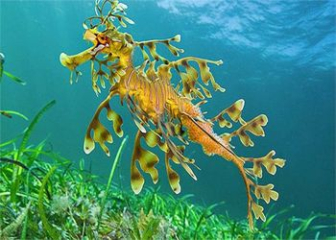
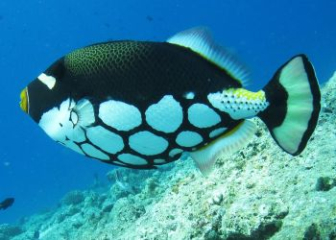
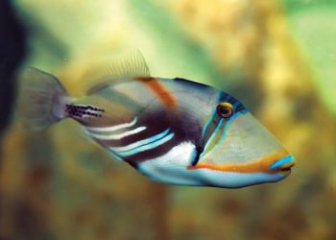
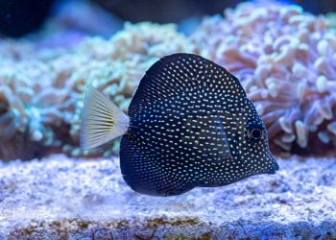
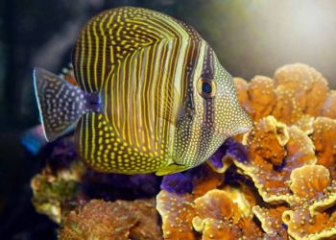
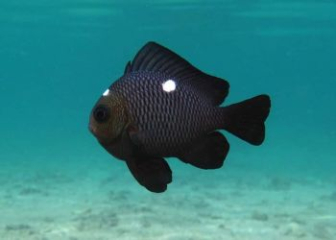
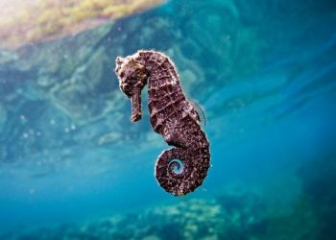






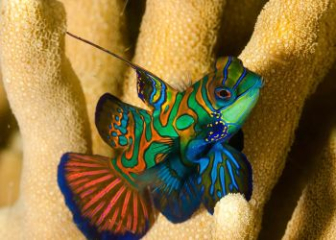

_350x250.jpg)


